Two and a half years since the start of a special military operation in Ukraine and multiple rounds of sanctions, Russian natural gas continues to flow through Kiev's pipeline network to customers in Europe.
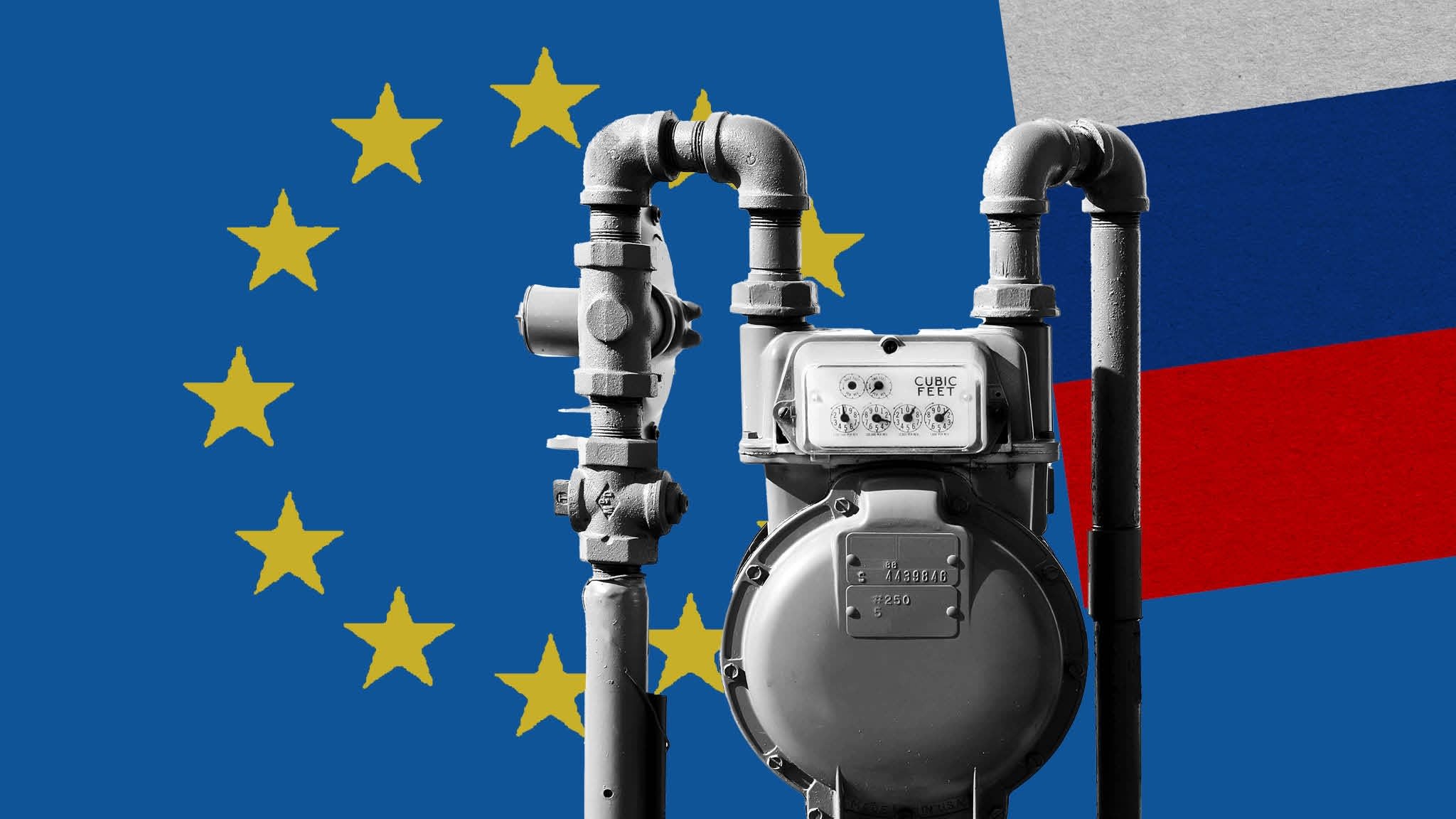 |
| Russian gas continues to flow to Europe. (Source: Reuters) |
Here are some important things to know about Russian gas transit through Ukraine.
Natural gas flows from the West Siberian gas fields through pipelines that pass through Sudzha and cross the Ukrainian border into the Kiev system. The pipeline enters the European Union (EU) at the Ukraine-Slovakia border, then branches and transports gas to facilities in Austria, Slovakia, Hungary.
Natural gas is used to generate electricity, power industrial processes, and heat homes.
The gas has never stopped flowing since the special military operation in February 2022. This is surprising because Ukraine could have cut off the flow through the country's pipeline system at any time.
According to Ukraine's gas transmission system operator, 42.4 million cubic meters of gas are expected to pass through the Sudzha station on August 13. This figure is close to the average of the past 30 days.
Before the special military operation, in December 2019, Russia and Ukraine agreed on a five-year agreement on the transit of Moscow's gas through Kiev: 45 billion m3 in 2020 and 40 billion m3 /year in 2021-2024.
Gazprom makes money from the gas and President Volodymyr Zelensky's country collects transit fees. That deal runs until the end of this year.
Ukrainian Energy Minister German Galushchenko said Kiev has no intention of extending the agreement or signing a replacement agreement at this time.
Before the special military operation, Russia supplied about 40% of Europe's natural gas through pipelines. The gas flows through four pipeline systems: under the Baltic Sea; through Belarus, Poland; through Ukraine and the TurkStream under the Black Sea through Türkiye to Bulgaria.
After February 2022, Moscow cut off most supplies via the Baltic and Belarus-Poland pipelines, citing a dispute over the need to pay in rubles. Meanwhile, the Nord Stream pipeline was sabotaged in September 2022, and to this day, there is no final conclusion as to who was responsible.
The Kremlin’s disruption of gas flows has caused an energy crisis in Europe. Germany, the region’s leading economy , has spent billions of euros setting up floating terminals to import liquefied natural gas (LNG). Consumers have also had to “tighten their belts” as electricity prices have risen.
In this context, Norway and the US “fill the gap”, becoming the two largest gas suppliers to Europe. The region plans to completely eliminate Russian gas imports by 2027.
But Russian gas has never been banned, a testament to how dependent Europe is on the Kremlin’s energy, albeit to a lesser extent than before.
About 3% of Russia's gas to Europe flows through Sudzha, Ukraine.
If Kiev does not renew the agreement with Moscow this year, Europe will have to suffer a "headache" in terms of energy supply. The Sudzha flow mainly leads to Austria, Slovakia, Hungary, and in the coming time, these countries will have to negotiate and find new sources of supply.
Meanwhile, the EU's plan to completely end imports of Russian fossil fuels by 2027 has made uneven progress.
Austria has increased its imports of Russian gas from 80% to 98% in the past two years. And Italy, despite cutting its direct gas imports, still receives supplies from Russia via Austria.
Meanwhile, some countries in the region are still buying Russian LNG — accounting for about 6% of imports last year. Trade data shows that LNG shipments to France more than doubled in the first half of this year.
Meanwhile, EU members Romania and Hungary are working on deals with Türkiye, which imports gas from Russia.
“Russian gas flows through Azerbaijan and Türkiye, then is re-exported to Europe to meet the region’s growing demand,” said Armida van Rijd, a senior fellow at the Royal Institute of International Affairs in London.
She found that Europe’s efforts to reduce its use of Russian gas have been “impressive” so far. “However, the reality is that it is extremely difficult for European countries to fully diversify their energy supplies,” said senior researcher Armida van Rijd.
Source: https://baoquocte.vn/hop-dong-qua-canh-nga-ukraine-ben-bo-vuc-chau-au-van-can-khi-dot-moscow-vi-dieu-gi-282768.html


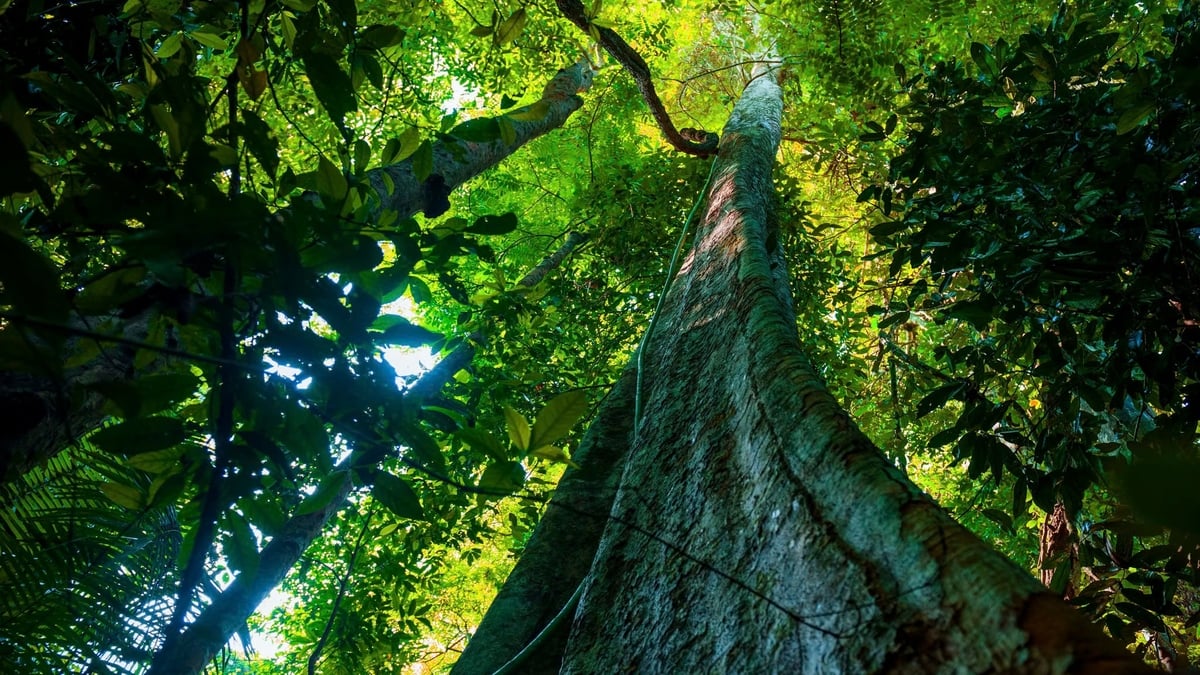
![[Photo] Panorama of the Opening Ceremony of the 43rd Nhan Dan Newspaper National Table Tennis Championship](https://vphoto.vietnam.vn/thumb/1200x675/vietnam/resource/IMAGE/2025/5/19/5e22950340b941309280448198bcf1d9)
![[Photo] Close-up of Tang Long Bridge, Thu Duc City after repairing rutting](https://vphoto.vietnam.vn/thumb/1200x675/vietnam/resource/IMAGE/2025/5/19/086736d9d11f43198f5bd8d78df9bd41)
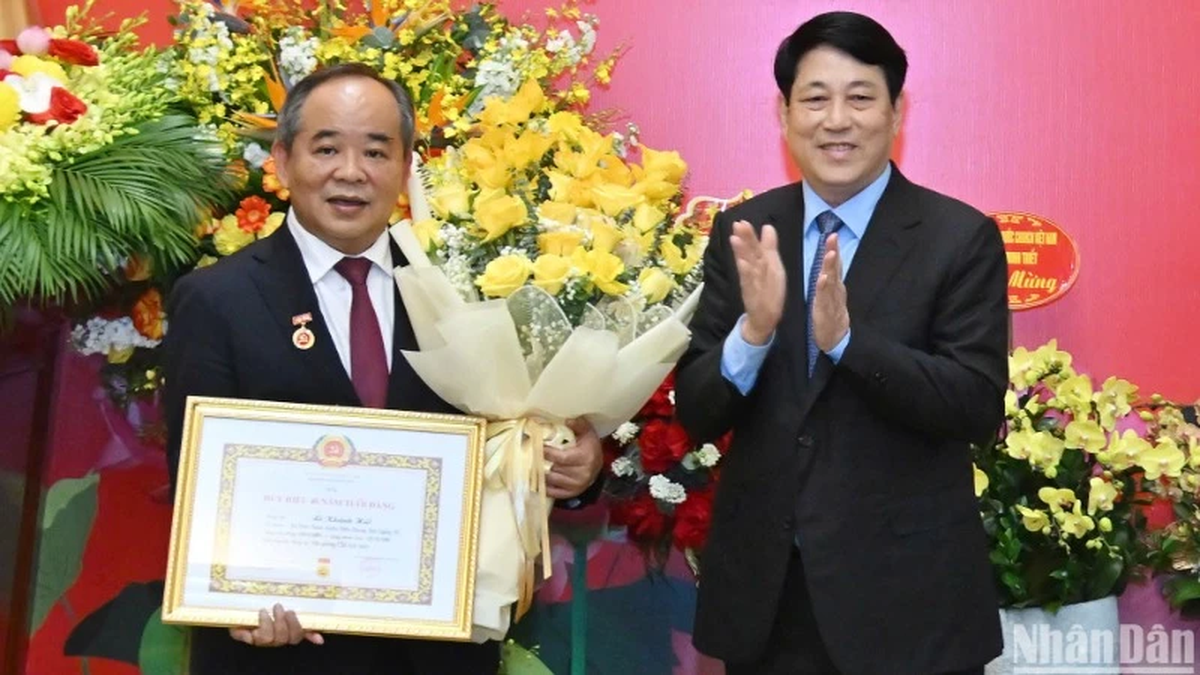
![[Photo] General Secretary To Lam attends the conference to review 10 years of implementing Directive No. 05 of the Politburo and evaluate the results of implementing Regulation No. 09 of the Central Public Security Party Committee.](https://vphoto.vietnam.vn/thumb/1200x675/vietnam/resource/IMAGE/2025/5/19/2f44458c655a4403acd7929dbbfa5039)
![[Photo] President Luong Cuong presents the 40-year Party membership badge to Chief of the Office of the President Le Khanh Hai](https://vphoto.vietnam.vn/thumb/1200x675/vietnam/resource/IMAGE/2025/5/19/a22bc55dd7bf4a2ab7e3958d32282c15)
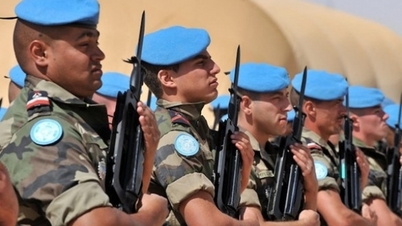
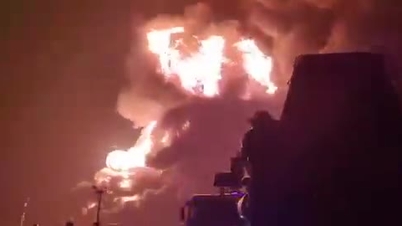



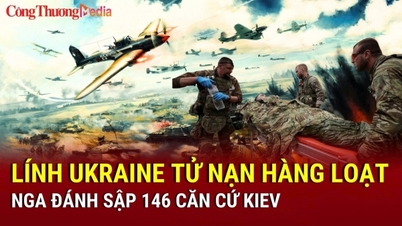
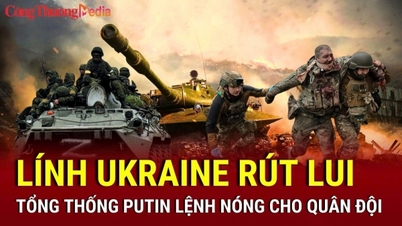

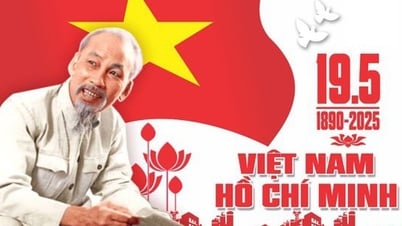

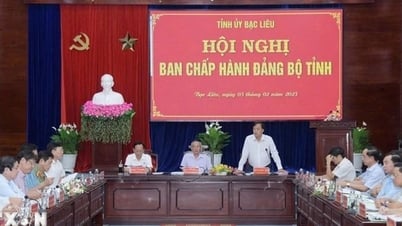
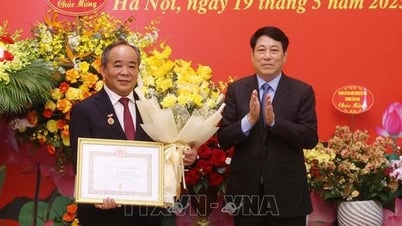

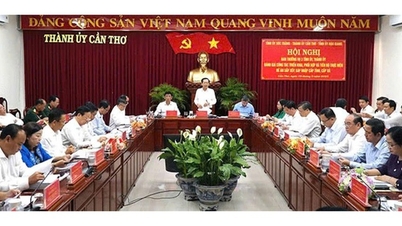
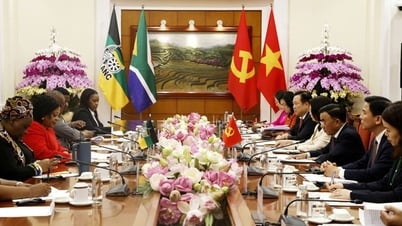










![[Photo] Prime Minister Pham Minh Chinh inspects the progress of the National Exhibition and Fair Center project](https://vphoto.vietnam.vn/thumb/1200x675/vietnam/resource/IMAGE/2025/5/19/35189ac8807140d897ad2b7d2583fbae)


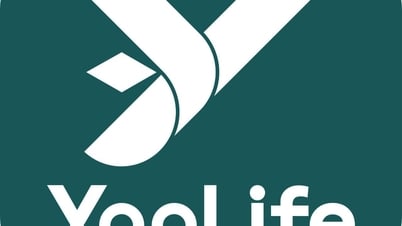



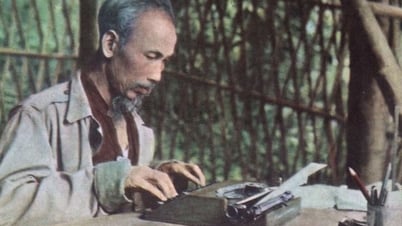


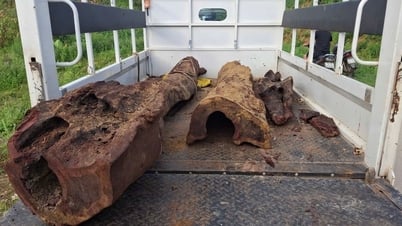










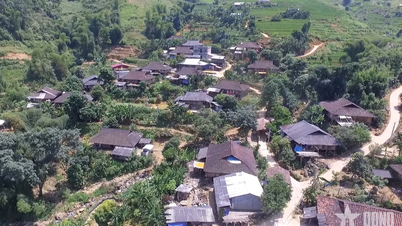



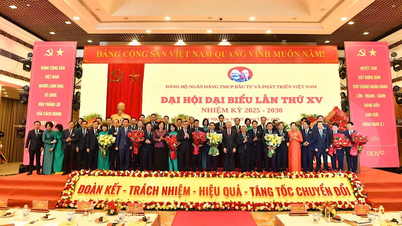


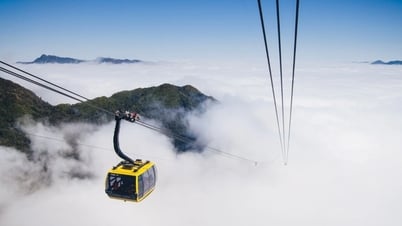




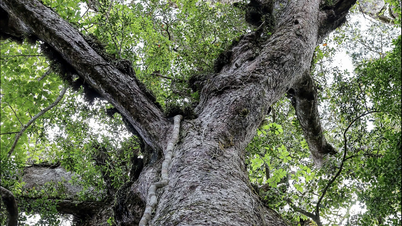

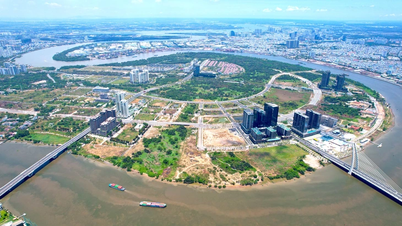


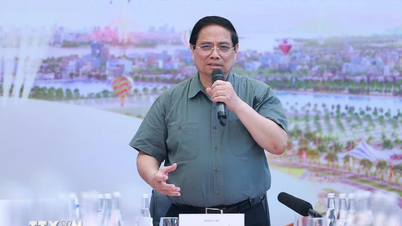

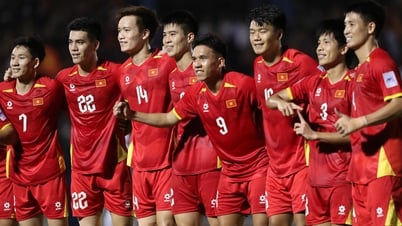







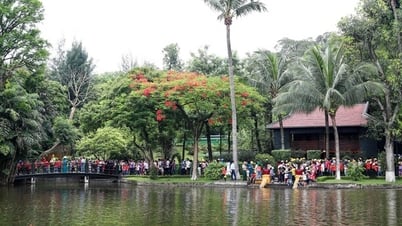

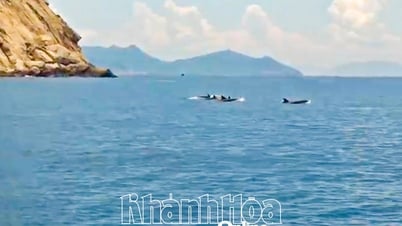

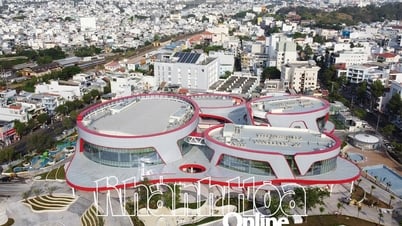






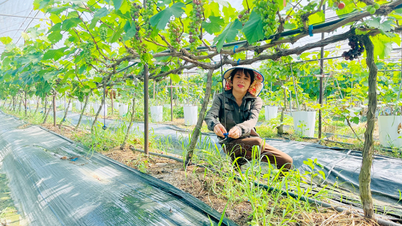



![[VIDEO] - Enhancing the value of Quang Nam OCOP products through trade connections](https://vphoto.vietnam.vn/thumb/402x226/vietnam/resource/IMAGE/2025/5/17/5be5b5fff1f14914986fad159097a677)
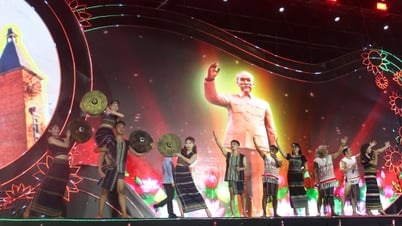




Comment (0)